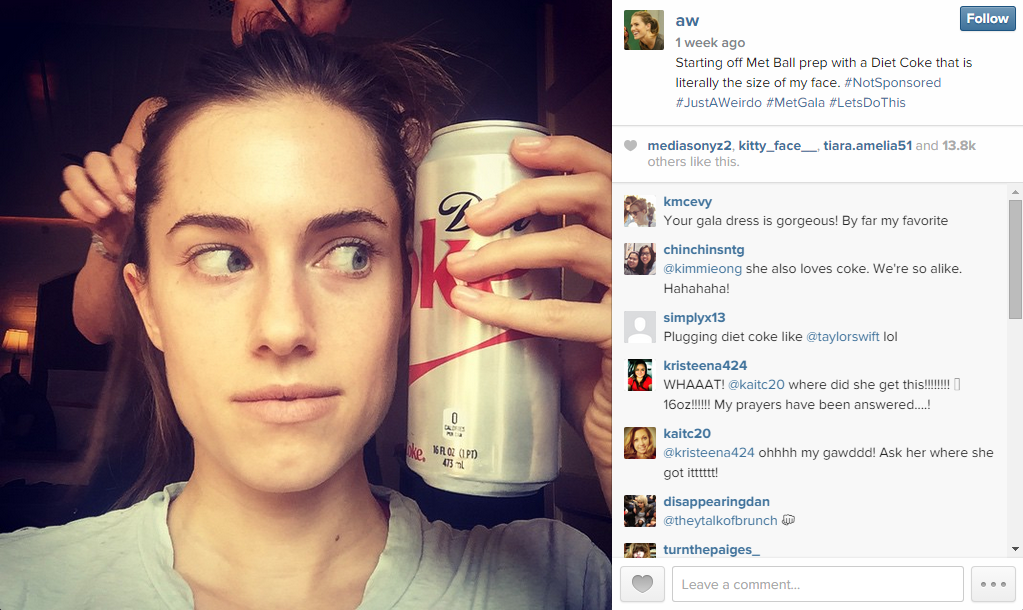 If brands want what they say they want from native, then native is probably the wrong choice.
If brands want what they say they want from native, then native is probably the wrong choice.
We all want it for our business content: attention; eyeballs; reach; engagement. According to native content agency Nativo, “most brands want readers’ attention to themselves.”
We get that. What we don’t get is why Nativo would they think native advertising and sponsored content is the way to get those eyeballs and keep them to themselves. Well, except the obvious reason that they make a living creating and selling this stuff.
They shared a nifty little infographic that points out a few things about native ads, which appeared on the Digital platform. (Yes, the post was labeled as Sponsored Content, and the infographic does have the Nativo logo and brand element. But unless you’re paying attention, it’s quite easy to think this is Digiday-created content. Great for Digiday; not so great if you’re Nativo.)
The infographic claims that 66% of brands that pay for sponsored content are hoping for the “click out,” meaning the reader sees the content on the publisher’s feed, but “clicks out” to the brand content. Yet the infographic had no way to click out back to Nativo. What am I missing?
The data also shows that brands are dipping a hugely tentative toe into the native waters rather than diving in deep — only 32% are spending more than 10% of their marketing budget on it. Some of the reservations noted are that it’s hard to create, challenging to distribute, and difficult to measure ROI.
With apologies to Alanis Morissette, isn’t it ironic?
The real issue, from our point of view, is that brands kinda realize that native advertising just isn’t what it’s cracked up to be. While a few of the big gun publishers are making good money off it, what it brings to brands in return for their cash is questionable.
We agreed with some industry experts that “2016 will be a watershed year for Native Advertising, the coming of age year when Native becomes either respectable or is dismissed as thinly veiled advertising,” a quote from Tim Cain of Digital First Media. Or maybe not so thinly veiled.
Much has been published about the risks to the publishers of sponsored content, with not as much focus being placed on the challenges faced by the brands that pay to appear in the publisher’s feed. Consumers have been shown to largely ignore sponsored content, and now that the FTC is cracking down on labeling, this disconnect is likely to get worse.
Print, meanwhile, will still be here when advertisers look to engage in a way that is welcome and effective. Print rocks. Not ironic at all.
